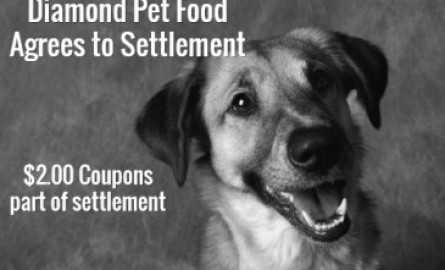A big thank you to Susan Thixton of Truth About Pet Food for this information. It was condensed down from an article about our lax and disgusting allowances in pet food ingredients. It crosses borders between the U. S. and Canada and puts pets from both countries at risk.
"The Animal Welfare Foundation of Canada has published a report on “The Disposal of Spent Laying Hens”. This document outlines the accepted methods of slaughter for spent laying hens, but explains“The disposal of spent laying hens raises issues that do not neatly fit into the list of accepted means of slaughter.” One of the methods this document states is used to kill spent birds is “Macerator“. Quoting:“A macerator for use on-farm has been developed by Oleet Processors in Regina, Saskatchewan. Their unit ‘vacuums’ birds down a 20 foot long tube, to a grinder that kills the birds upon impact with its blades. While the system shows potential, some questions remain to be answered regarding its humaneness.”
Putting two and two together, I now believe AAFCO intentionally excluded the requirement of slaughter from the pet food ingredients chicken and chicken meal (poultry and poultry meal). If the requirement of sourced from a slaughtered animal was added to the legal definition of chicken/poultry – pet foods would legally not be allowed to use non-slaughtered poultry (ground alive).
Pet Food Ingredient
Legal Requirement
Chicken/Poultry
NOT Required to be sourced from a slaughtered animal
Chicken Meal/Poultry Meal
NOT Required to be sourced from a slaughtered animal
Chicken By-Product Meal/Poultry By-Product Meal
Required to be sourced from a slaughtered animal
Unlike the ingredient chicken or chicken meal, chicken by-product meal definition is required to be sourced from slaughtered animals. By-products are leftover pieces of chicken not typically consumed in human food. The ONLY source for these pieces is from slaughter facilities. So – regulations require ‘sourced from slaughtered animals’ in the legal definition of the ingredient chicken by-product meal."
Again, a big thanks to Susan Thixton and Truth About Pet Foods for the information.








